Special thanks to: Unbounded Adventure and Chang’an Xiaowu for providing information and graphic references. A small group of evil forces provide hand-painted transition maps.
When it comes to Lop Nur, netizens have the impression of the ear of the earth, aliens, parallel universe, Peng Jiamu & Pisces jade pendant, and Loulan (beauty). Outdoors, you will think of the inspection base, Yadan, various springs, Yugong Zhao Cemetery, saline-alkali marshes, deserts, and Loulan. As for archaeology, they will talk about the Rob people, the Xiaohe cemetery, the Sun cemetery, the ancient city of Haitou, and Loulan. As for geophysical prospecting, that is oil, Xiaohe cemetery, various ancient cities, and Loulan.
Baidu Lop Nur, there are all kinds of weird and weird rumors made up by hand, but fortunately, no matter how you make it up, there will still be Loulan. It seems that Loulan is everything in the history of Lop Nur, but in fact?
Try to keep it as simple as possible here. The mystery of Lop Nur stems from several interruptions in history. We play outdoors, have been there, and try to describe everything we know with what we have read, seen, and heard. It is non-academic and welcome to explore.
1. Prehistoric Lop Nur? Birth of two initials
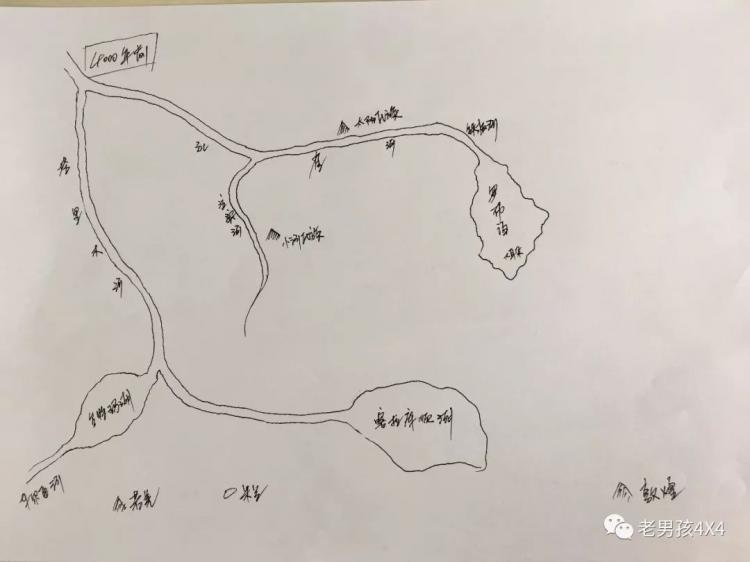
Xia, Shang and Zhou Dynasties
Memorabilia: 4,000 years ago, two tribes were born in Lop Nur, one was the Xiaohe clan that migrated from Tamer, and the other was the Sun clan.
Lop Nur on the eastern edge of the Tarim Basin, born at the tail of the Tarim River, has two large branches in the north and south. The largest amount of water in the north is the Peacock River, which finally formed the Peacock Sea (Lop Nur) mentioned in ancient books. The smaller one in the south is the Yilek River, which the aborigines call, and to the east forms Lake Karakusun.
Whether the two lakes are connected is full of various speculations. I agree with one of them, which is that they are connected when the water is large, and separated when the water is small. But there is no doubt that it is the lake water that has given Lop Nur the freshness of life for thousands of years.
The Guti people originated in Europe, and began to diverge after migrating from the Eurasian grassland to the Tianshan Mountains. One branch went to the Tarim Basin and the Lop Nur area, which is the ancestor of the Lop Nur people; the other branch went to the Barkol grassland and lived a nomadic life. This is The ancestors of the Yuezhi people, who spoke the Tocharian language known as the European oracle bone inscriptions, had European morphological characteristics (according to the posthumous work “The First Indo-Europeans in History” by British linguist Henning).
In Lop Nur, 2 clans were generated: Xiaohe Clan and Sun Clan. They are the earliest players in Lop Nur, and they are distributed near the branch of Kongque River.
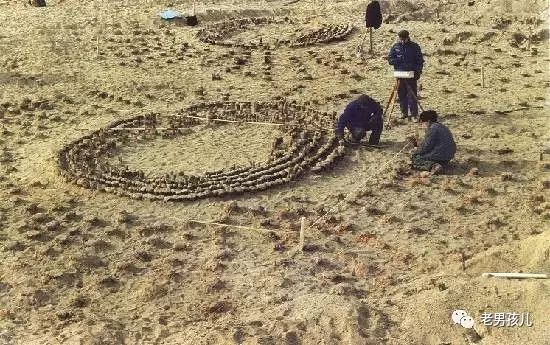
Sun Cemetery just discovered
Both the Xiaohe clan and the Taiyang clan (let’s call them that) have a history of almost 4,000 years, but they are certainly not the same group, because the burial regulations are completely different.

The recent appearance of Sun Cemetery-2017.4 Old Boy

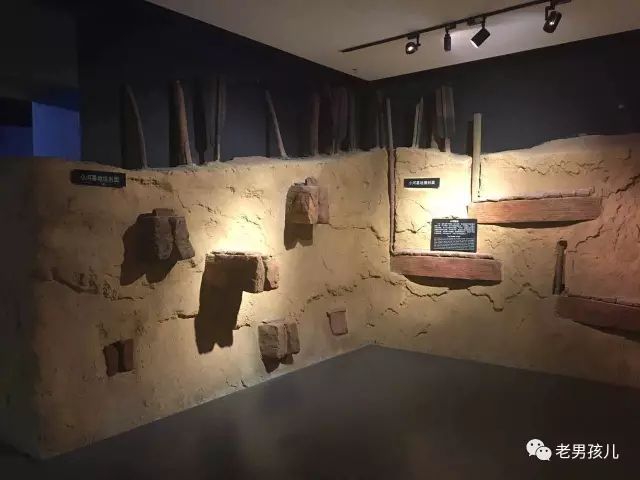

The earliest appearance of Xiaohe, the cross-section of the Xiaohe cemetery in the museum, the bottom one is the earliest, and has not yet been excavated

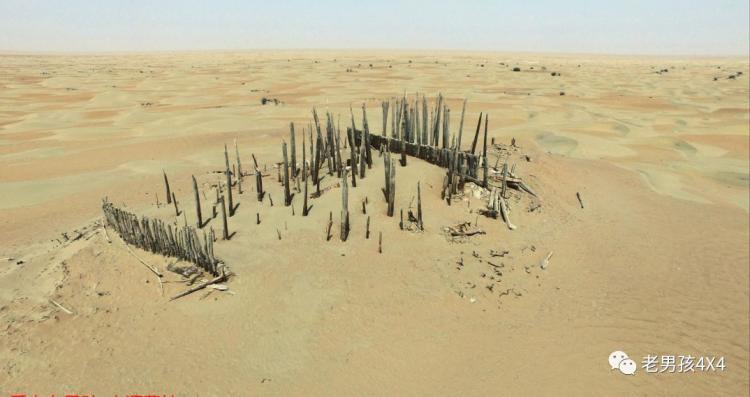
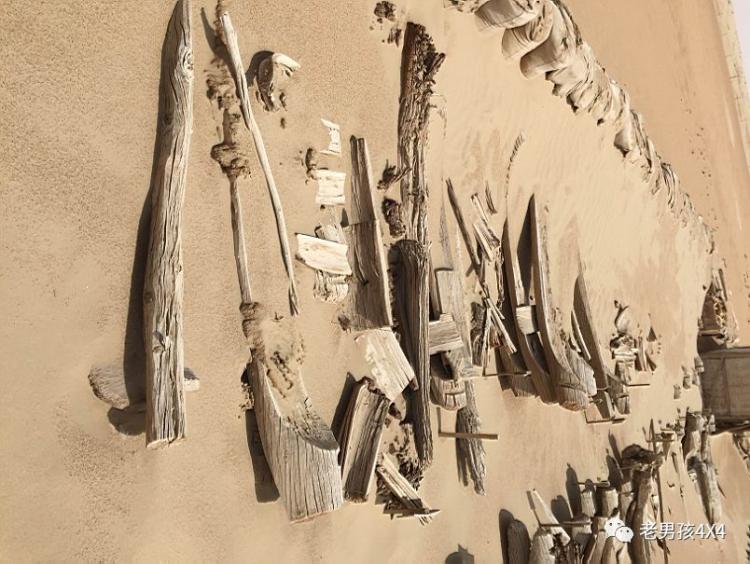
The main burial area of Xiaohe cemetery remains, and the boat-shaped coffin has been cleaned up in a centralized manner-2017.4 Old Boy
They are the earliest civilization in the Lop Nur area. We set the time back about 1700, and there is no history to test this time.
2. It began to be recorded, and Lop Nur began to prosper

Pre-Qin-Western Han
There are three major events in the year: Around 200 BC, Loulan was founded and surrendered to the Yuezhi on the north bank of the Kongque River; To dominate the Western Regions, he beat Loulan once but it didn’t work.
The two village clans of Xiaohe and Taiyang have grown from small to large, and tribes have become nations just like human evolution. We don’t know who of these two tribes became Loulan and who became Moshan Kingdom, but the general race is the same.
As early as 100 AD, the Romans knew that there was Loulan in the east. At that time, we were in the Han Dynasty, and we began to explore the Western Regions, Loulan, and played a tragic role as stepping cloth and wall grass in the Han-Hungarian War.
This place is where the old Loulan was mentioned in the “Han Shu” and even several hundred years later in the Northern Wei Dynasty Li Daoyuan’s “Shui Jing Zhu”, that is, the round city on the north bank of the Kongque River, not the three-room building that people often talk about now. The Loulan ruins, that was hundreds of years later.
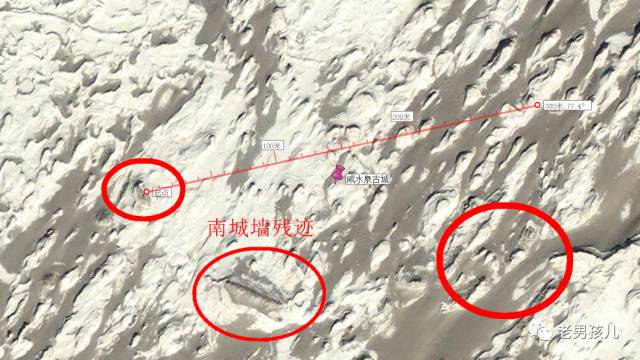
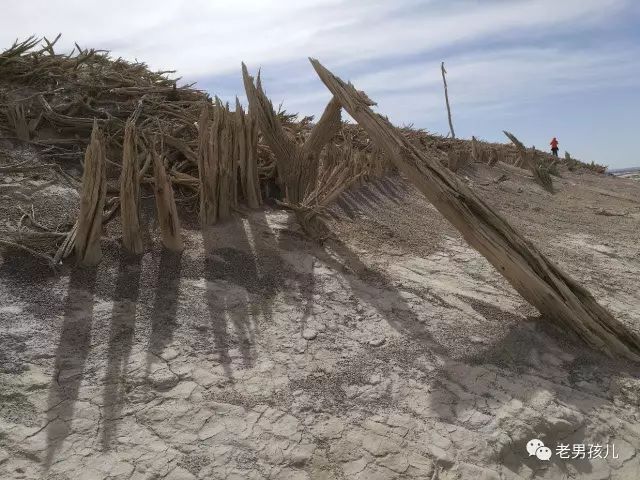
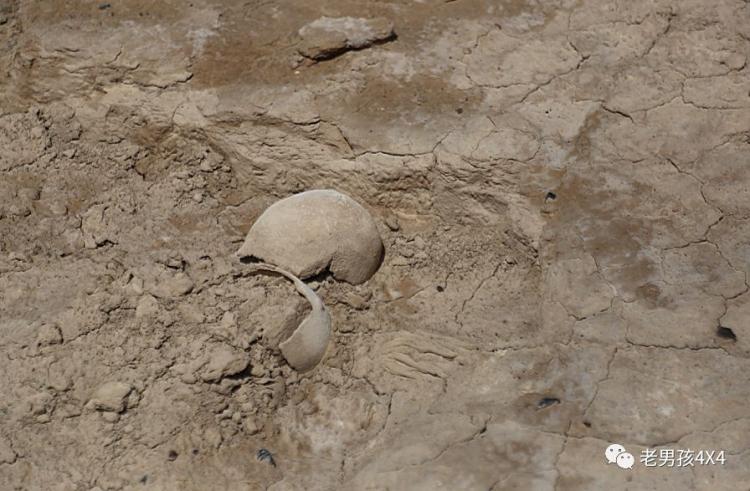
Old Loulan-Salt Water Spring City (300m diameter round city) and burial pit remains of the same period 2km north-2017.4 Old Boy
At this time, Loulan does two things:
1. Acting as a transfer station on the Silk Road that has long existed among the people. At the time of the Han Dynasty, this was the only way. It was the middle point, and no one could escape. 2. For a while, he was good with the Huns, and for a while with the Han army, swinging back and forth, for the big man, the uncle can bear it, and the aunt can’t bear it!
At this time, Li Guangli, the eldest uncle of Emperor Wu of the Han Dynasty, had already reached Dawan (Uzbekistan), and the entire Western Region was basically in his pocket. It was not considered a rule, but a strategy.
The Changshifu (supreme governing body) of the Western Regions, located in the current Luntai area, will be released in a few decades. Loulan’s price is coming.
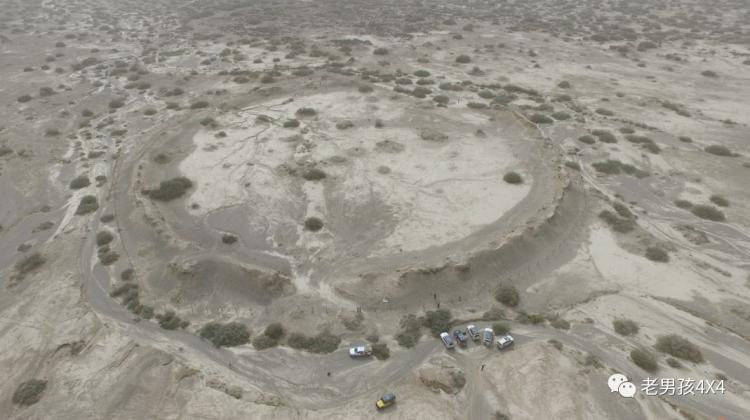
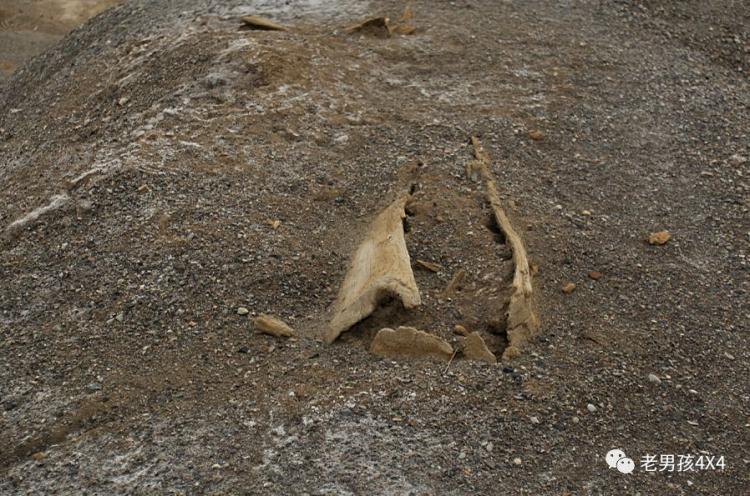

The Remains of Moshan Capital City and Noble Cemetery-2015.10 Old Boy
3. Began to reach its peak, and the crisis appeared
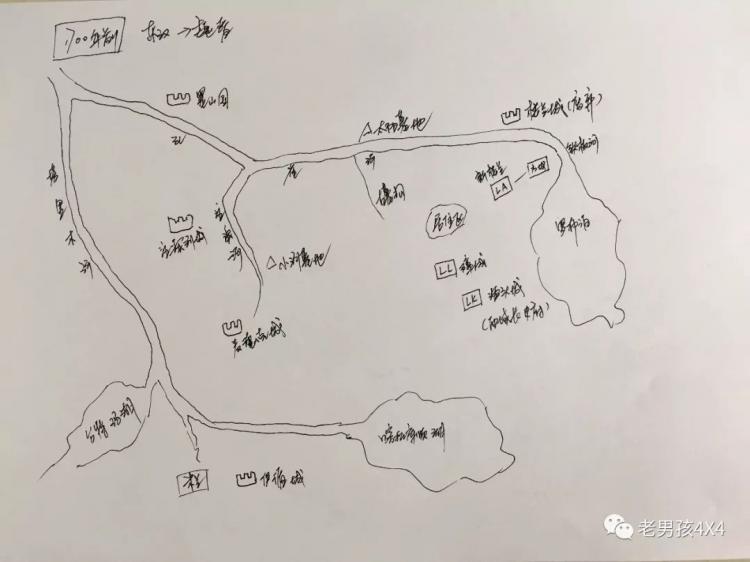
Late Western Han Dynasty-Three Kingdoms, Two Jins, Northern and Southern Dynasties
A bunch of memorabilia:
Around 80 BC, Emperor Zhaodi, the son of Emperor Wu of the Han Dynasty, sent Fu Jiezi to kill King Loulan.
In 70 BC, Loulanna voted to build a new Loulan and changed the name of the country to Shanshan (the capital of the country is Muni City, Square City), and invited the Han army to station troops in today’s Milan Town and build Yixun City. Next to Zhubinhe, a tributary of Kongque River, there is another Zhubinhe City (country).
Around 200 A.D., the Tarim River was diverted in the Eastern Han Dynasty, and Loulan asked the Celestial Dynasty to control the water to save itself, and the crisis began.
In 400 A.D., the eminent monk Fa Xian of the Eastern Jin Dynasty passed by Loulan, and saw that Loulan had declined.
In 450 A.D., after the Five Husbands broke up China, almost all the sixteen northern countries fought against Loulan, and the Northern Wei Dynasty completed the final KO.
Emperor Wudi’s son Zhaodi was about to vent his anger, so Master Huo (Huo Guang) sent Fu Jiezi to kill Loulan King as an example to frighten the entire Western Regions. Fu Jiezi lived up to the expectations and brought King Loulan’s head back to Chang’an to show the public. Loulan’s proton in the Celestial Dynasty went back and became the throne, and he accepted the nomination certificate. There are two contents:
One is to move to the south and build the city into a square shape, change the name of the country to Shanshan (not the current Shanshan County), and the capital of the country to be called Muni City. This square Loulan is the new Loulan discovered by Sven Heding that shocked the world. .
Second, the city of Yixun was established in the southwest of Loulan – today’s Milan, allowing the Han army to reclaim and swallow troops.
This loyalty, the sun and the moon can learn from it?
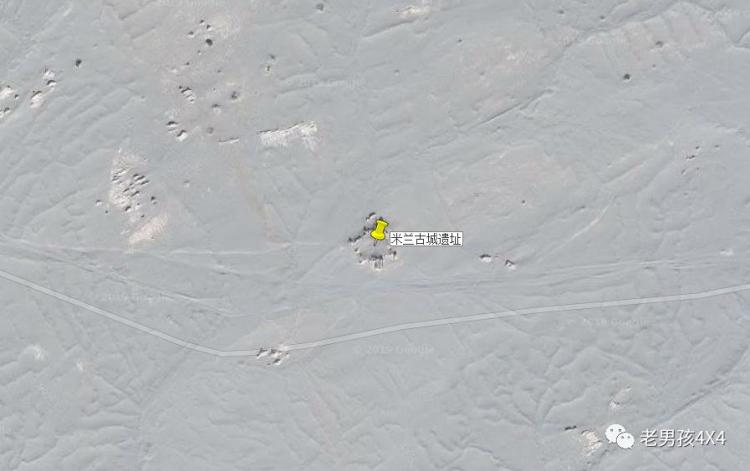
The ruins of the ancient city of Milan include Yixun City, and the surrounding traces of agricultural reclamation in the Han Dynasty are clearly visible
After accepting the votes, with the blessing of the Celestial Dynasty, the trade on the Silk Road is unprecedentedly prosperous. At this time, Lop Nur is lively and there are many players. Under the Moshan Kingdom, there is an additional Zhubinhe City, which is square. During the Wei and Jin Dynasties, the national power began to grow, and it had the final say on the entire Lop Nur Basin. Not to mention, the tentacles extended westward, swallowing the country of Qiemo and the country of Jingjue (you read that right, the one mentioned by Gui Chudeng).
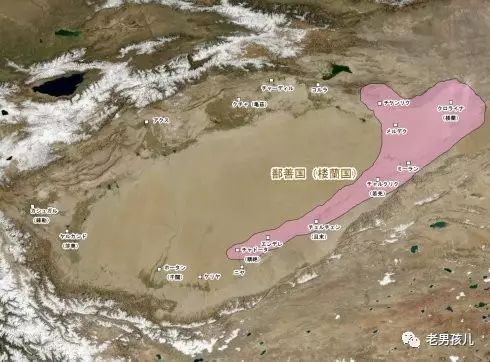
“A wooden slip from the Wei and Jin Dynasties found by Stein in Loulan City contained ‘…today, 4,326 horses were purchased for the residents’. Stein deduced from this that the amount of silk fabrics in Loulan was huge. There was a considerable amount of Population’ and a relatively developed agricultural economy. Archaeologists also interpreted from the unearthed Kaluwen that the weights and measures used by the Loulan people were the Greek system, and it is inferred that Loulan must have a direct trade relationship with the Greco-Romans. It can be said that, Back then, Loulan was in the Western Regions, just like today’s Hong Kong, Shanghai, and Singapore, it is a place that people yearn for.”
At its peak, Loulan had a population of over 10,000, which was like a big trading country in the Western Regions at that time.
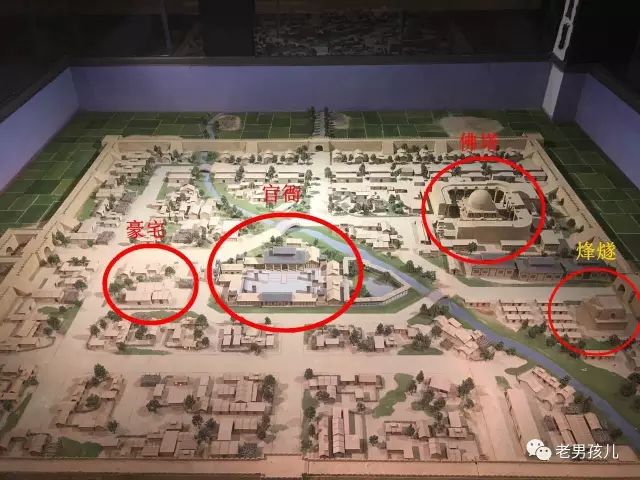
Shanshan-New Loulan Restoration
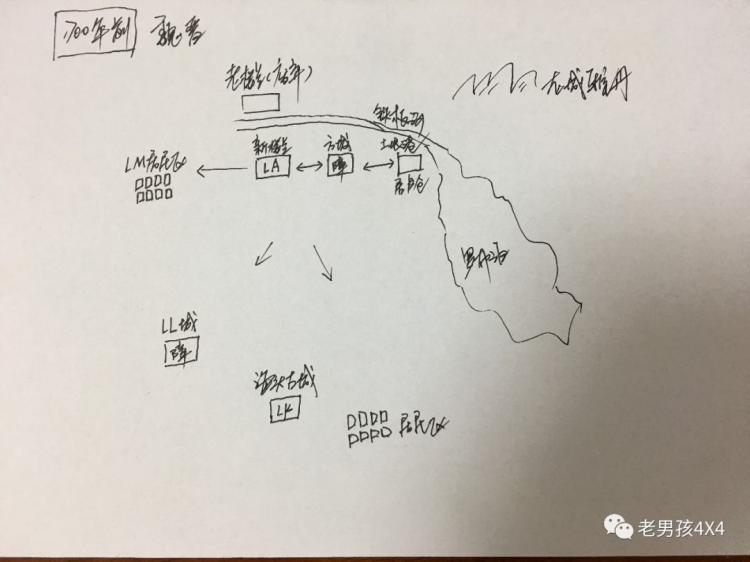
There is a port (Tuyin, Julucang in Han Dynasty) on the edge of the city for the transportation of goods, and the ancient city of Haitou and its barrier city in the southwest to resist the threat of the Tubo and Qiang people. With the support of the Han, Wei and Jin Dynasties, can we fire?
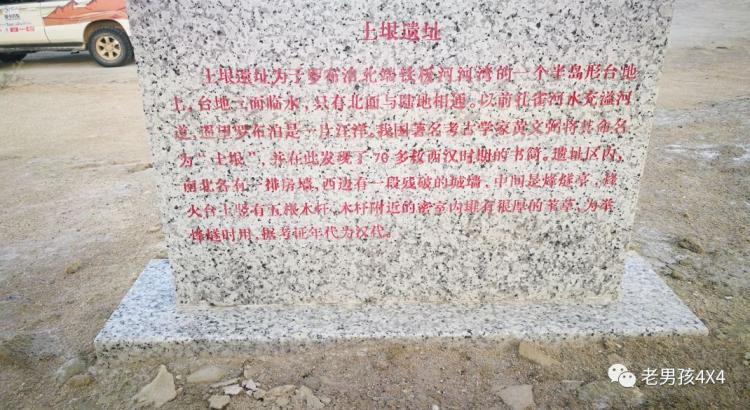
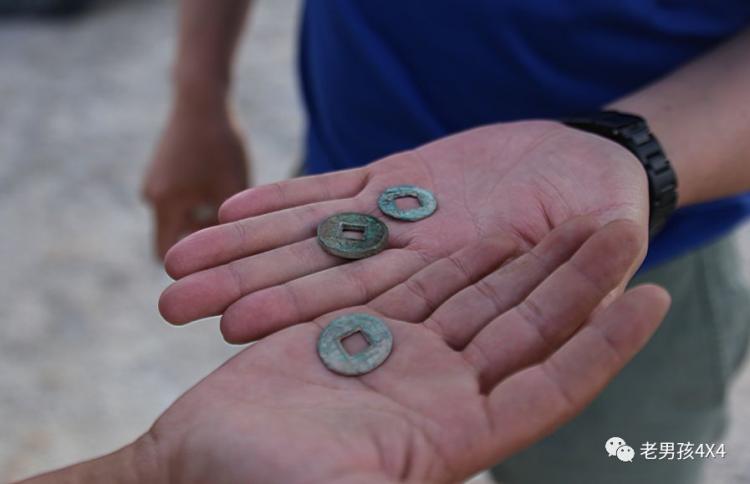
The Han Dynasty Port in the East of Loulan – Five Baht Coins of the Eastern Han Dynasty Scattered in Julucang (Tuyin) – 2017.4 Old Boy
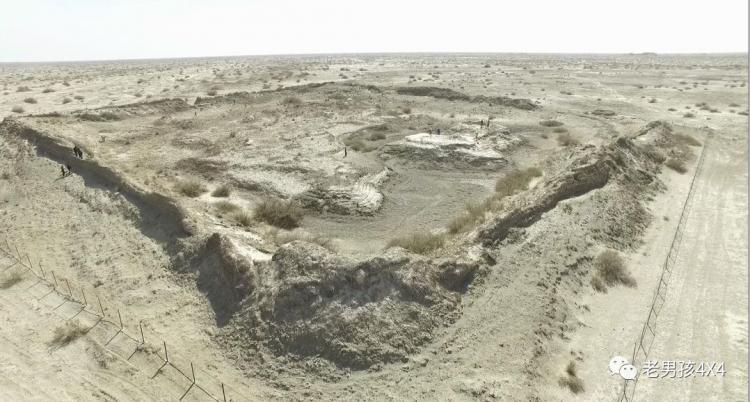
The barrier city in the eastern part of Shanshan, Loulan, numbered LE by Stein, used for guarding – 2017.4 Old Boy
The ancient city of Haitou, located in the southwest, did not start in the Eastern Jin Dynasty. At least two sections of the existing remaining city walls were expanded and increased. It is not too far from the new Loulan era. It is not a relationship of replacement and replacement. It is just that during the Eastern Jin Dynasty, it was the long history of the Western Regions. , Li Bai was an officer.
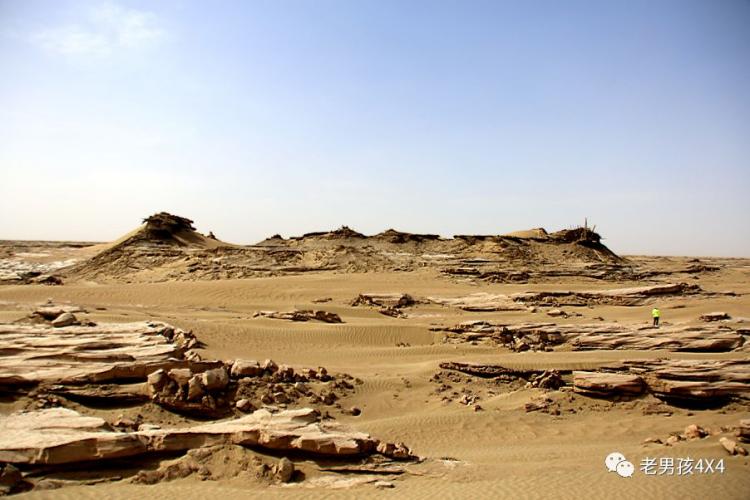
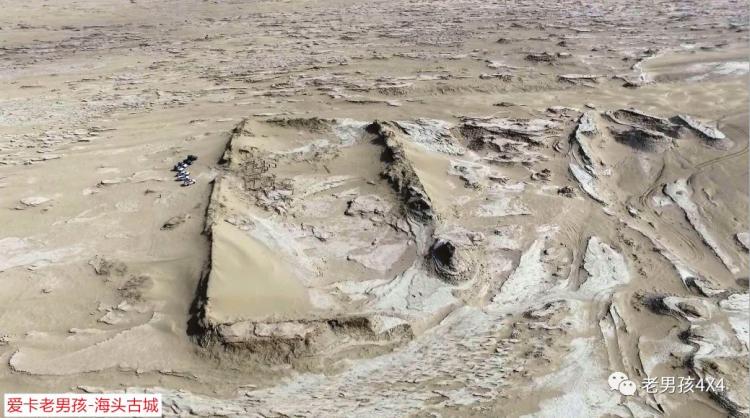
The ancient city of Haitou, numbered LK by Stein, the Changshi Mansion of the Western Regions in the Wei and Jin Dynasties, the southern part of Loulan-2017.4 Old Boy
However, the full moon is not always there. The affairs of the world, long-term division must be united, and long-term division must be divided. After the Western Jin Dynasty, the Central Plains were in chaos. The Eastern Jin Dynasty has moved to the south. The North-South split in the Central Plains has begun. The Central Plains has fallen into warlords and frequent dynasty changes. No one cares about the affairs of the Western Regions anymore. , beyond reach. The various countries that are close to the Five Hu and Sixteen Kingdoms take turns beating the new Loulan Shanshan, asking for blue-eyed beauties and tributes, and extorting them one after another. Loulan is also constantly swaying and submitting to various countries.
But, it was still Loulan. According to historical records, 5,000 elite troops from the Northern Wei Dynasty attacked Shanshan, implemented the system of prefectures and counties, and collected taxes.
The big problem finally came, a catastrophe. The Tarim River changed its course again naturally, and the flow of the Kongque River, a tributary, decreased. This happened once during the Han Dynasty. At that time, the Celestial Dynasty sent troops to help dredge the river. At this time, the world is in chaos. Without water, life will be lost forever. Where will the people of Lop Nur go?
Migrating to the southwest is the only way out for the Lop Nur descendants of Loulan.
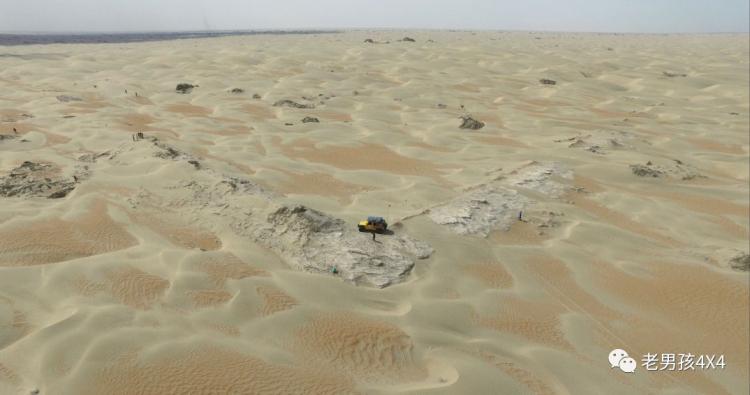
A square shape with a length and width of about 240 meters, note Riverside City-2017.4 Old Boy
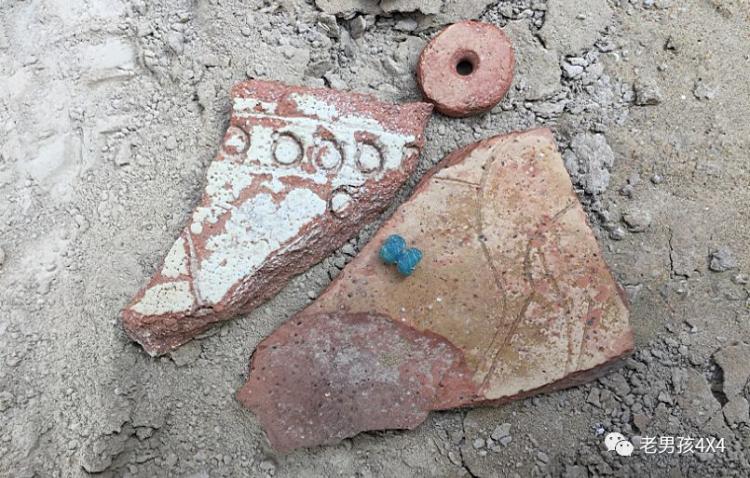
Note the remains of Binhe City. There are very few exquisite pottery pieces from the Han to Wei and Jin Dynasties in the Western Regions. This place is an eye-opener-2017.4 Old Boy
Note the panorama of Binhe Ancient City and the scattered pottery fragments. Have you seen that long leg? Artistic creation comes from life. Lop Nur used to have Tarim tigers, birds, and deer… Once, she was a paradise, a beautiful and The mysterious Qiandao Lake.
4. The demise of Loulan, the northward march of Tubo
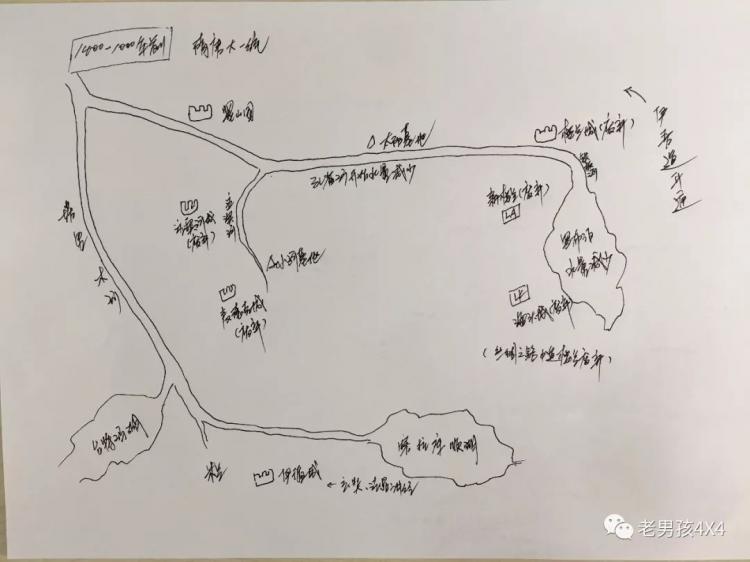
Sui and Tang Dynasties to the end
Chronicle of events:
In 640 A.D., the world was once again unified, and the Tang Dynasty established the Anxi Protectorate in the Western Regions, and regained control of the Tarim Basin and Lop Nur.
At the beginning of the Tang Dynasty, the new Silk Road Yiwu Road (Guazhou-Hami) was officially opened, and the new Yumen Pass did not need to go to Loulan to enter the Western Regions.
Around 650 AD, Xuanzang passed by Shanshan (Loulan) on his way back to the east. Although the city wall was there, there were no traces of people.
Around 760 A.D., the Anshi Rebellion weakened the Celestial Dynasty, and Tubo (Tibetans) took the opportunity to march northward, control the Western Regions, and integrate cultures.
According to historical records, at the end of the Tang Dynasty, the Loulan area became the battleground between the Tang Dynasty and Tubo, and they began to push towers against each other.
In 1010 AD, the Karahan Dynasty conquered Khotan and continued eastward, and Islam replaced Buddhism in the Western Regions.
The middle road of the Silk Road has been in operation for 600 years, and all official roads have passed through Loulan, which changed in the Tang Dynasty. The new official road can go directly from Guazhou to Hami, which is more dangerous and efficient, and Loulan loses the existence value of a commercial transfer station.
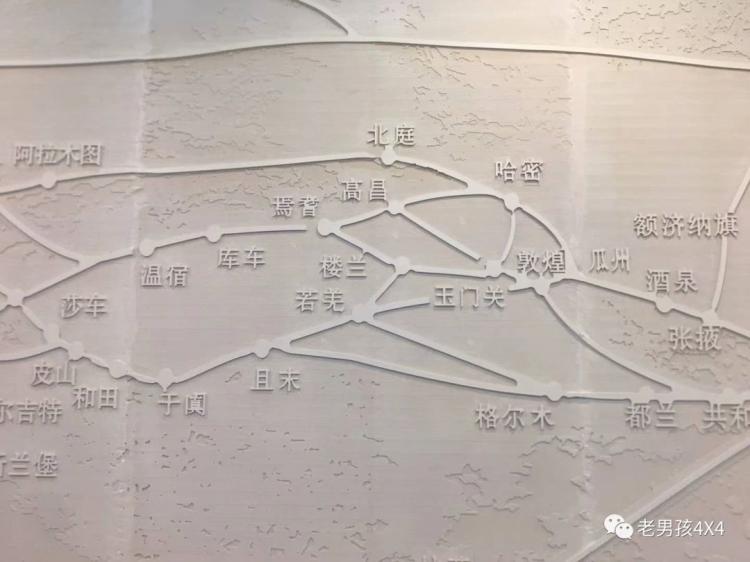
(Guazhou-Hami) is Yiwu Road
At this time, the Loulan Kingdom, no matter the new or the old Loulan, no longer existed, the water volume of the Kongque River further shrunk, the city walls were abandoned, and the people of Loulan, the Luobu people, began to migrate south to find water to survive, and they were scattered across the vast expanse. Some of the people along the various rivers in Lop Nur went to the vicinity of today’s Milan.
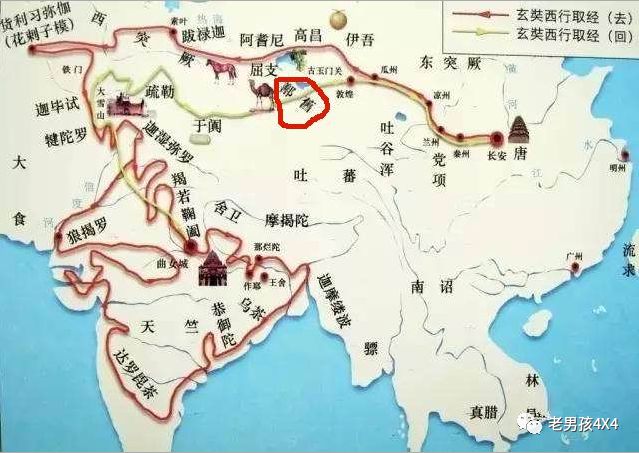
The Khotan South Road, where Xuanzang returned east, passed through the ruins of Loulan in Shanshan
Yixun City, the Loulan city-state next to Milan, was converted to military use after the Tubo forces moved northward, and the Loulan and Han people here began to integrate with Tubo.
Do you think Tubo only invaded Yixun? That’s wrong, a bunch of cities in southern Xinjiang were captured, including the Tocharian Kingdom described by Xuanzang, and the cities were changed to military purposes. Why change it to military use? Because it is too strenuous to cross the Kriya Ancient Road in Kunlun Mountains and enter Xinjiang, it is always good to have a buffer supply station to push the pawn line forward. This is the standard way of pushing the pawn line in the glory of the king.
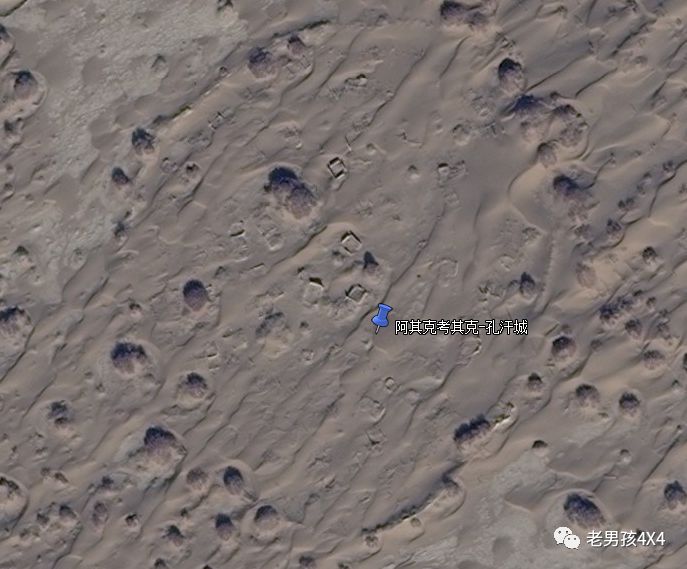
A city in the Tocharo Kingdom in the northwest of Qiemo was turned into a fortress by Tubo, with densely packed garrison rooms
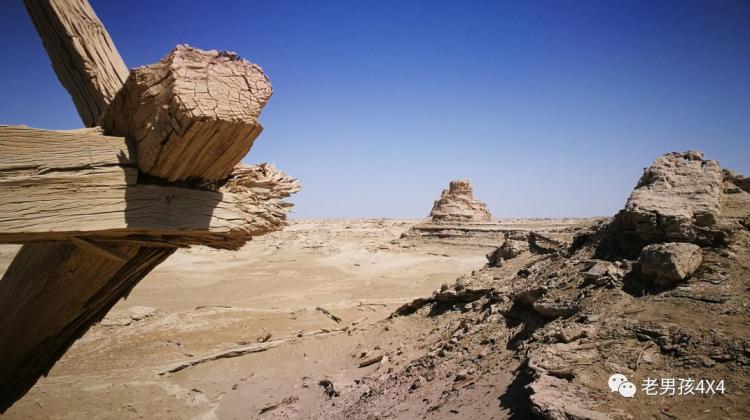
New Loulan Pagoda-2017.4 Old Boy
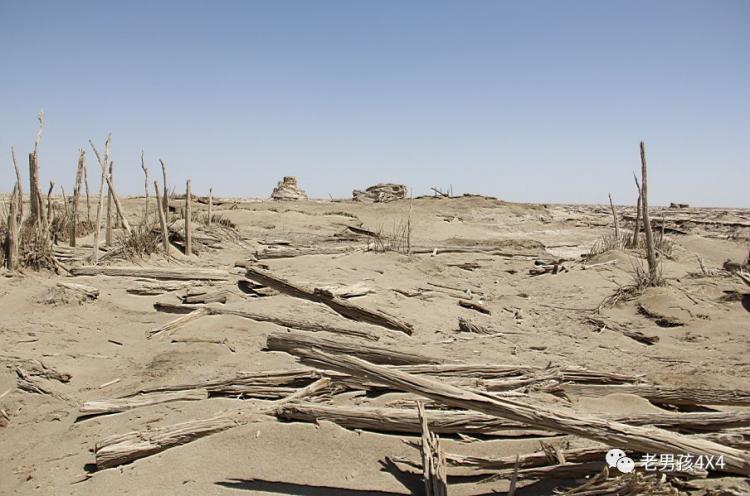
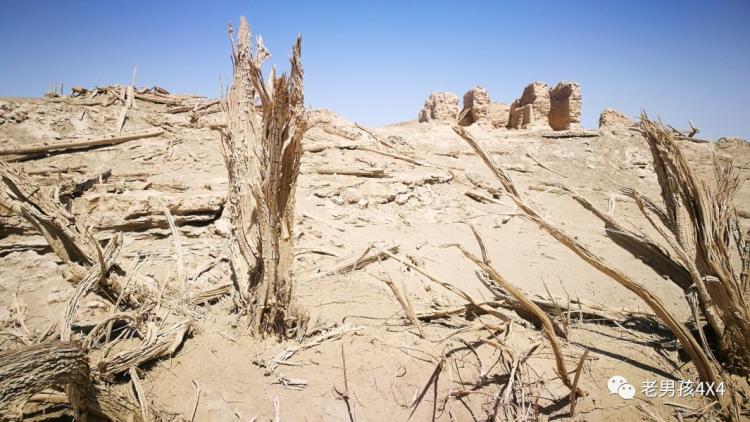
Three-room house on the west side – 2017.4 Old Boy
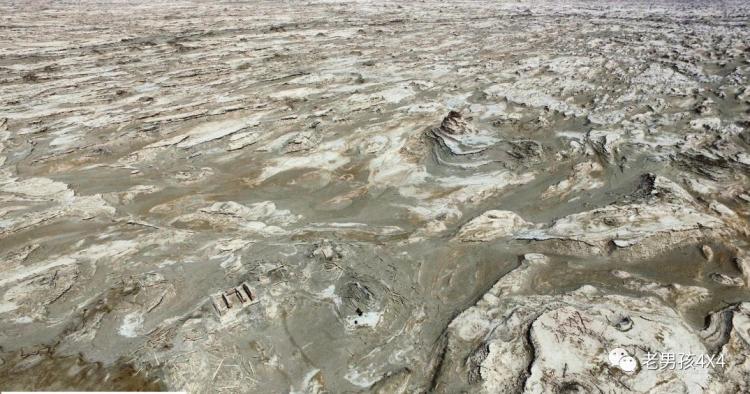
Overlooking Mui City (New Loulan), Stein No. LA-2017.4 Old Boy
On one side is the Tang Dynasty, whose building is about to collapse, and on the other side, Tubo, which is advancing an inch. The two finally broke out in the Loulan area of Lop Nur. The Loulan Middle Road became a battlefield, and the living environment further deteriorated. Head southwest to find new habitats.
5. Loulan disappeared, how come Luobu Dacheng?
The Five Dynasties and Ten Kingdoms and the Song Dynasty had almost no relationship with the Western Regions, so I won’t mention it here, and go directly to the Mongolian and Yuan Dynasties.
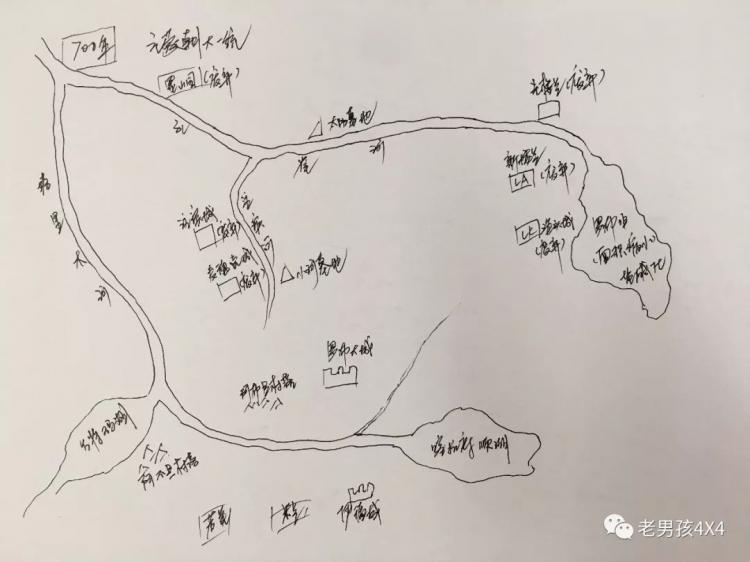
Chronicle of events:
The Mongolian iron cavalry has already arrived in Europe, and various khanates are all over Eurasia, and the Western Regions are already an internal matter in the territory.
In the 13th century, a man named Marco Polo (not tiles!) passed by here, and failed to find the legendary Loulan several times, which shows that people at that time did not know where Loulan was and disappeared; but he described a life he saw. Vigorous Rob Ayutthaya.
In 100 BC, Rome knew that there was a distant relative named Loulan in the east. Do you think Marco Polo didn’t know about it? He must have known it. He used Ruoqiang to make a pilgrimage to the east and failed to find Loulan several times. What did it mean? The place was deserted, and the descendants no longer knew where Loulan was, and it disappeared. However, he mentioned a large city of Rob, and he had to mention it, because his established route had to go eastward to the Central Plains through Lake Karakushun.
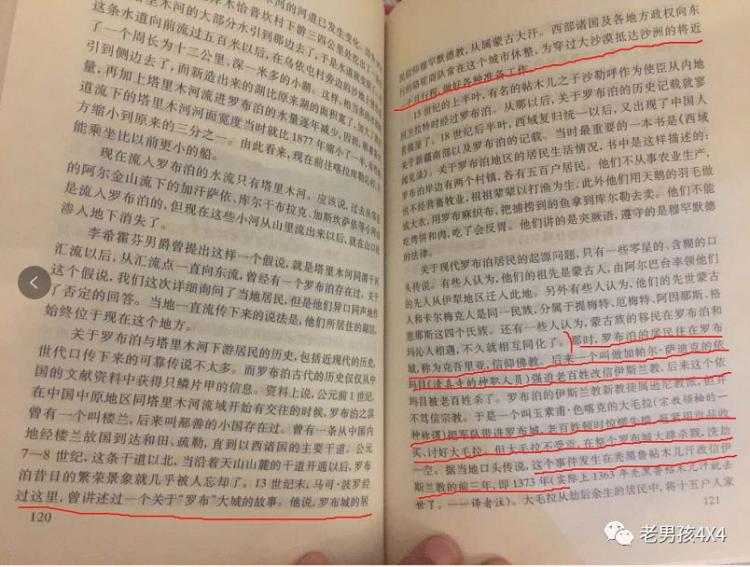
Russian explorer Purzhevalsky’s Lop Nur Expedition Notes mentions that this city is called Kewulia
This is a recorded catastrophe against the aborigines of Lop Nur. Japar Sadiq’s Maza is now in the south of the ancient city of Jingjue.
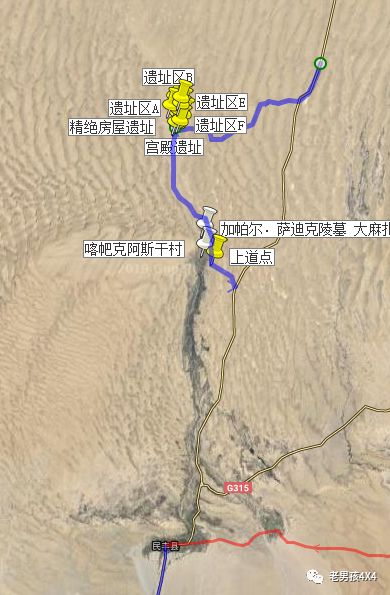
Sadiq Mazah in Minfeng North
This big city of Lop Nur is undoubtedly the settlement of the aborigines of Lop Nur. After losing Loulan, this is their new destination. The big city must be by the river, because it must rely on water sources. Its existence has its meaning, that is, for the south The caravans of the Yiwu Road provide supplies and resources. After all, it is too detour to take the Yiwu Road from the north. Time, at the end of the 13th century, will this city be an upgraded version of Yixun City that has changed over time? Or is it the ruins of the ancient city near Milan?
The ancient fortress of Milan is from the Han, Wei and Jin Dynasties to Tang and Tubo. The results of archaeology are like this. There are no objects left in the Yuan Dynasty. That is to say, it may have been abandoned in the Yuan Dynasty.
Is the mysterious and unknown round city in the north of Karakushun Lake in Lop Nur the Great City of Lop Nur?
As mentioned earlier, after the Northern Wei Dynasty conquered Loulan, Loulan survived in name only. There was no massacre and genocide. More than 10,000 Loulan people will continue to survive. They went to the southwest because there was another lake – Karakushun Lake, next to the old city of Yixun in Milan.
Even today, Karakusun Lake still has water intermittently. On the ancient river course in the desert tens of kilometers to the north, there is a huge round city. There is no historical record or archaeology, and no one knows its purpose. But the traces of life inside are exactly the same as the aborigines in Lop Nur, who make a living by fishing.
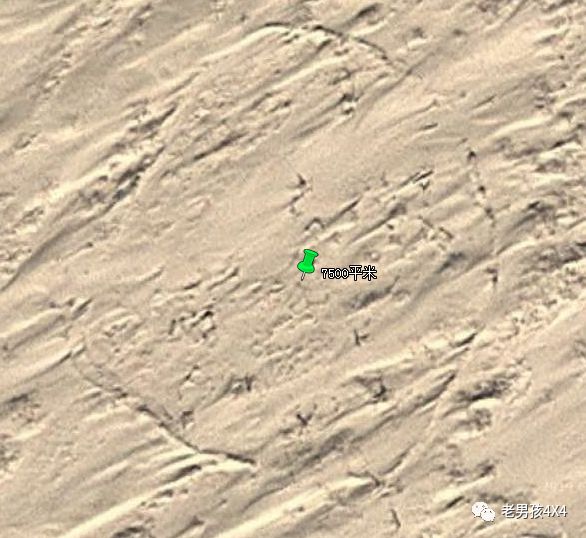
Robe Circle City in the northern part of Karakushun Lake
This is a large city of 7,500 square meters. In the Lop Nur area, it is second only to the 300-meter salt water spring with a diameter of 300,000 square meters (old Loulan), the 100,000-square-meter Muni City (new Loulan Shanshan), the 50,000-square-meter Zhubin City, and the Haitou City. The ancient city is 11,000 square meters (Changshi Mansion of the Western Regions). Sven Hedin, Stein, and Ju Ruichao have never discovered this city, and there is no record in history books. If Loulan is destroyed, there must be a place to carry the hope of the Luobu people. Who would be willing to be lonely after being brilliant?
Brother Wu of Unbounded Adventures has been here before, and he said that the ruins of the houses here are similar to the ruins of the old Abdan he has seen, which may be related to the Rob people. There is a piece of wood with writing, and the writing is neither Old Uyghur nor Uighur. The official language of Loulan, Kallu, is speculated to be Tocharian. Since it is not an old Uighur language, the age of this board may be earlier than the massacre in 1373 AD.
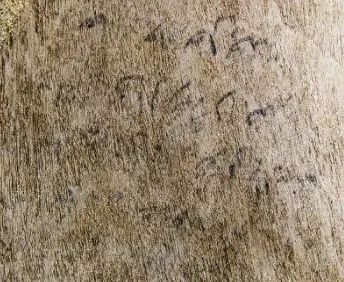
The unknown language on the wooden board exposed the long time ago-Photo courtesy of Five Brothers of Unbounded Adventure
The Ming Dynasty, just skipped it, it did not skip the Western Regions, firstly, the Maritime Silk Road was opened, and secondly, the Western Regions may not have that much value to it.
6. The Mysterious Loulan Descendants and Their Abudan

Qing Dynasty to the end of the year
From the perspective of centralization, Qing has the largest territory, and the Western Regions are firmly in its hands.
Chronicle of events:
In 1700 A.D., the Qing Dynasty managed the Western Regions, and the Luobu people were conferred the hereditary fifth-rank Burke official position.
In 1880, the Russian explorer Purzhevalski found the old Abudan village of Lop Nur aborigines beside Lake Karakusun, saying that Abudan was a society “out of touch with Tarim society” and a “living fossil” in ancient times. “.
In 1900 AD, Sven Heding also found the old Abdan. He set out from Xingdi Village, and under the leadership of Ordek, a Rob person, he found Loulan from Xingdi, a village of the Luobu people on the northern line.
In 1906 AD, Stein set out from Abudan and found Haitou Ancient City and Loulan Ancient City along Karakushun Lake under the guide of Imam Toketa.
Abudan is a key, the key of Lop Nur.
Xu Song’s “Shui Dao Ji of the Western Regions” in the Qing Dynasty records that these Luobu people “do not grow five grains, do not know nomadism, eat fish, weave wild hemp for clothing, and weave reeds for their houses.”
In December 1899, Sven Hedin took his flat-bottomed boat along the tail of the Tarim River, following the location mentioned by Przewalski, he found a fishing village, and he came to find clues about Loulan. When he landed, he saw a group of simple local people called Rob people. They had never seen such a big ship. According to all the common sense of this fishing tribe, the boat is just a thick poplar tree trunk, with both ends sharpened and the middle hollowed out. They call this kind of boat a “kapen”.
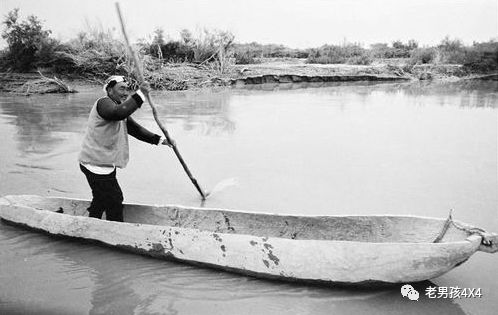
Now, the card basin is still in use
Sven Heding invited Kunqikangboke, the leader of Abdan, a village of Rob people, to visit on the boat. At that time, Kunchikumbok was over 80 years old, and he told Hedin that a Russian named Przelwalski had been here many years ago. Yes, the Przewalski’s Mustang is named after him, and he was also an explorer who traveled to western China and put forward the theory of Lop Nur’s wandering.

Sven Hedin had read Przewalski’s travel notes, and he saw Kunzikang in the crowd at a glance. Kunqikang is the official fifth-rank Berke conferred by the Qing emperor. Berke is hereditary and can rule in his own fief, but he has to pay tribute to the court minister in Korla every year to symbolize his acceptance of rule. Kunqikangboke is called the last Loulan king by the group of people. Most of the ethnic history of the Western Regions is passed down orally from generation to generation. All the history about the Rob people is in his old head.
The descendants of Loulan are back.
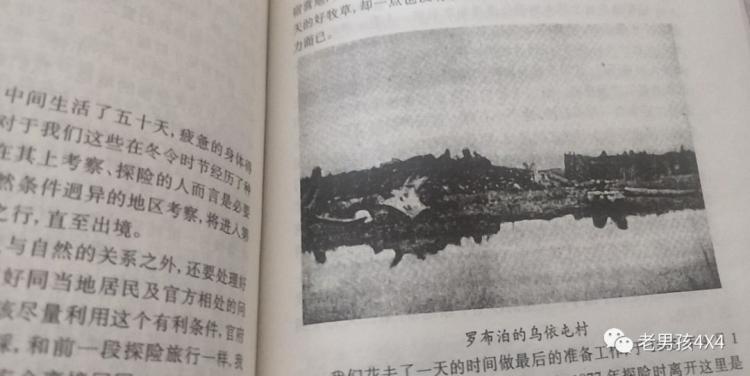
The once beautiful fishing village in Lop Nur
Kun Qikang told Hedin that the Abdan he lives in was created by his grandfather Numatibek (hereditary). At first they lived by the big lake in the northeast of Lop Nur. Later, when the big lake dried up, they moved to the newly formed lake (Kalakushun Lake) in the southwest and established a new Abudan village. In the Luobu dialect, Abudan means “a place with rich water and grass, suitable for people to live in”. Hedin speculated that the migration of the whole family from the Great Lakes in the northeast with Numaiti Burke may have occurred in 1720 (the reign of Kangxi).
Kunqikang is a hard-to-pronounce name. It actually comes from Tocharian, a very ancient language that was once popular in the Tarim Basin. It means “sunrise” and “morning sun”. Abudan: A place with lush water and grass, described as the home of the Rob people, not an exact place name.
Where the Rob people came from, and what is their relationship with the ancient Loulan Kingdom 1600 years ago, are all a mystery. The Rob people pass on their history by word of mouth. They say that the Rob people are descendants of King Loulan. After the destruction of the Loulan Kingdom, they were unwilling to leave their hometown, so they continued to migrate along the Kongque River and the Tarim River, and lived among large and small lakes by fishing and collecting wild dates.

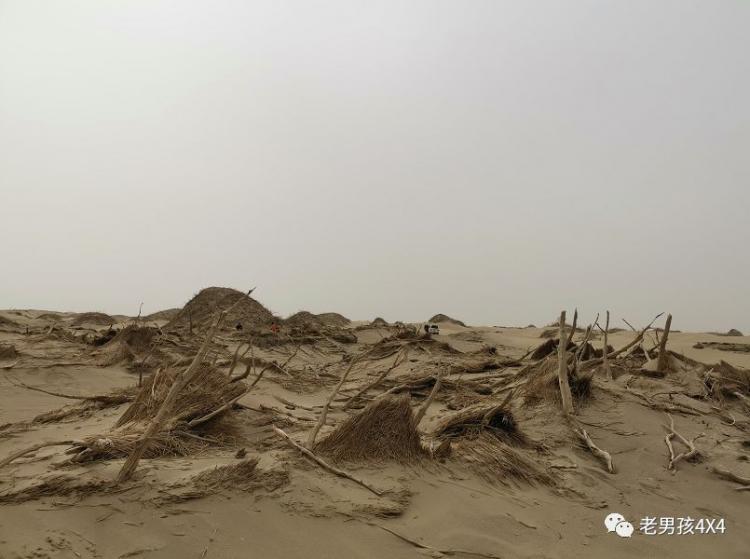
The reed village, one of the old Abudan, has been buried in the sand-Photo courtesy of Brother Wu of Unbounded Adventure
But don’t forget that the discovery of Loulan, Xiaohe Cemetery, and Haitou Ancient City is all based on the descendants of the Rob people. Behind this keen sense of smell, the connection of blood should play a role in the dark.
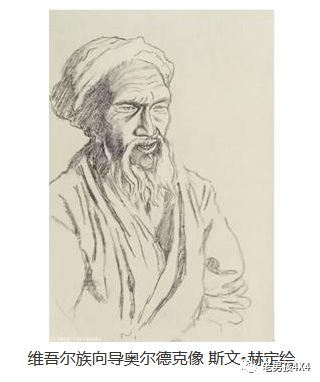
Aldek from Rob discovered Loulan and the Xiaohe cemetery, a secret arrangement.
7. Irreversible Destruction and Rebirth
Around 1910, Kun Qikang, the last Loulan king, died in Old Abudan, and the Rob people continued to migrate to the southwest to establish New Abudan.
In 1921, the Tarim River diverted again, Karakusun Lake dried up intermittently, the water quality around New Abudan deteriorated, and the plague was rampant. The Rob people migrated south to live in Milan and became herdsmen.
In 1930, Chen Zongqi set off from Dunhuang and entered Lop Nur, and the water was still waist deep.
In the 1970s, Lop Nur completely dried up into a sea of death, unable to survive. The area where Abudan was located was completely covered by yellow sand, and only Karakushun Lake still had water intermittently.
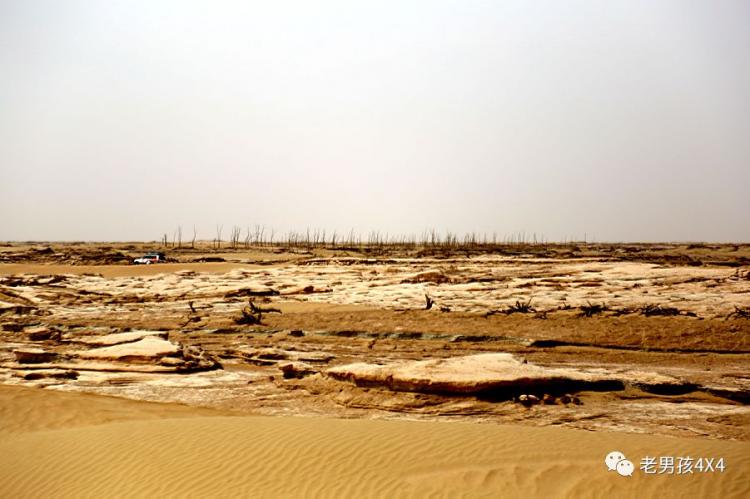
The living area of Luobu people in the south of Haitou LK (Western Region Changshi Mansion) was once tree-lined-2017.4 Old Boy
Kun Qikang passed away. The death of the patriarch of a big family meant the separation of the family. The news of the Rob people was silent again. The environment continued to deteriorate, and they had to continue to migrate to places with water in the southwest.
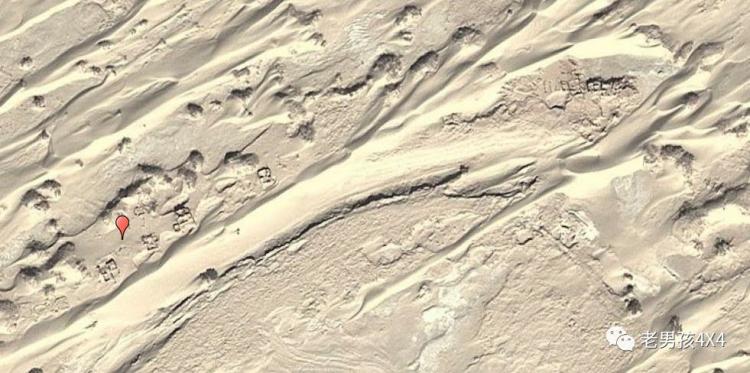
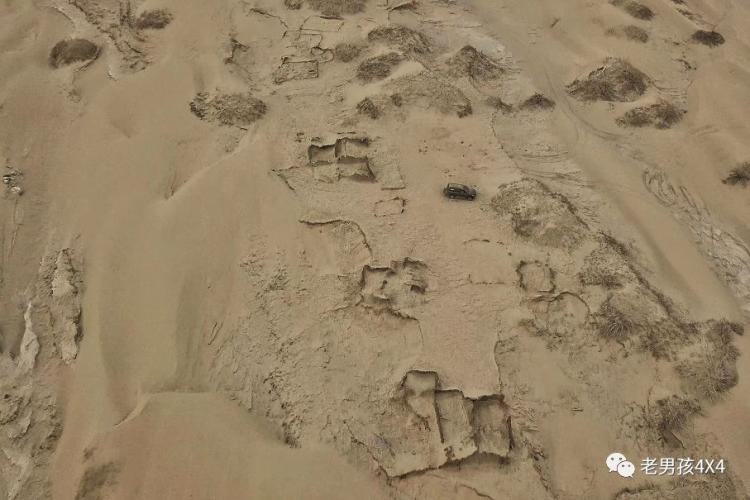
One of the abandoned Abdan villages in the lower reaches of the Ilek River-Photo courtesy of Five Brothers of Unbounded Adventure
Around the beginning of the last century, the remaining Rob people lived for a short time in a place called Kuonamilan in the north of Milan. Here, they learned to build Tibetan houses with mud embryos. This short period is still very short, and the environment deteriorates rapidly. In the end, they left Lop Nur completely and settled in the town of Milan.
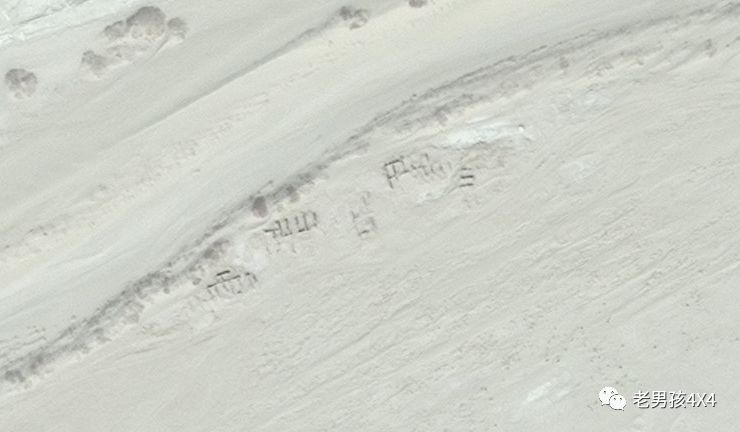
The Last New Abudan by the Yilike River in Lop Nur
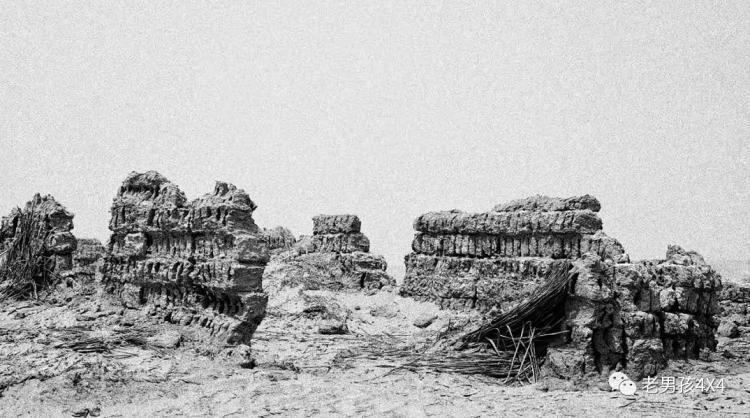
The new Abudan has become a mud embryo house, the progress of the Rob people-Photo courtesy of Wuge, Unbounded Adventure
The descendants of Loulan tied to the tail of the Tarim River chased the Tarim River, which was constantly diverted, and never left. Water is the lifeline of Rob people!
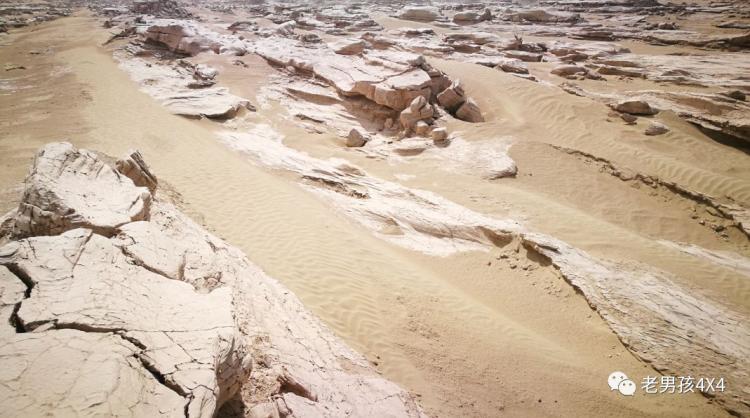
Ancient river channel near the ancient city of Haitou-2017.4 Old Boy
In order to survive, the Rob people constantly changed their lives. They changed from fishermen to shepherds, and from shepherds to farmers. Fishing-animal husbandry-agriculture, human beings have spent thousands of years in a slow and difficult civilization process, but it takes a Rob person a lifetime to complete it.
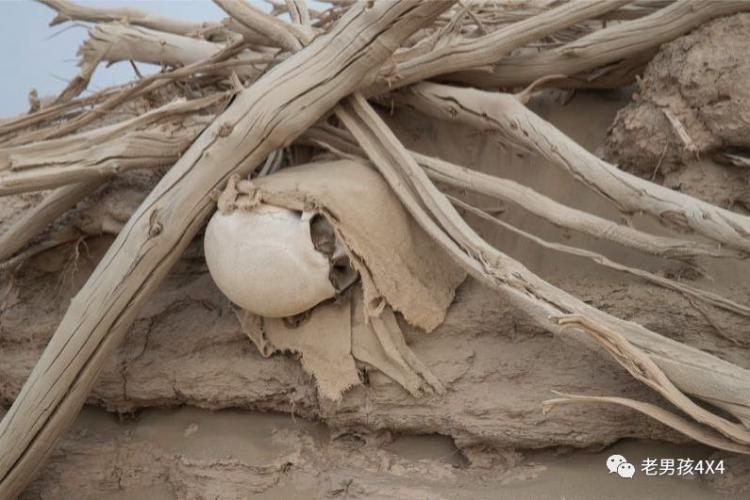
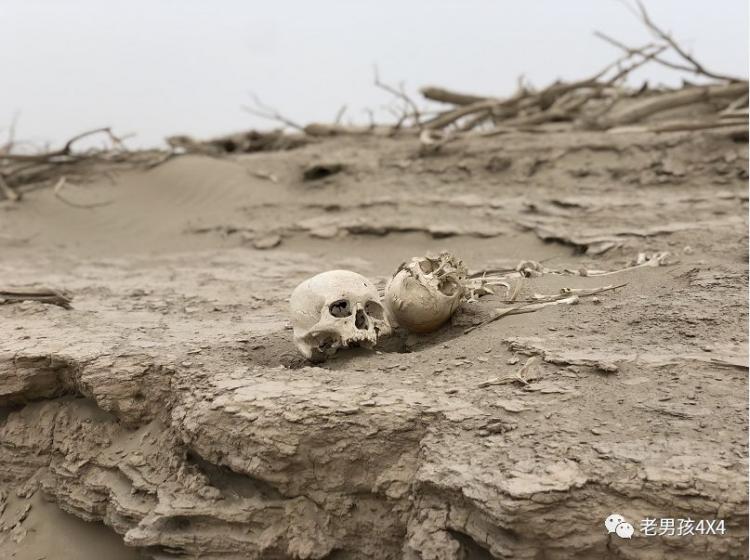
The bones in the old Abudan ruins area – Photo courtesy of Unbounded Adventure Wuge
The water seems to have abandoned the place forever, leaving only a shell-like appellation for the lake. Just like a cicada sloughs out, it has the appearance of a cicada, but without the life of a cicada.
8. The last Rob people? The death of the Rob people? A replica of the soul of Keriya?
You will find that Stein discovered the road to Loulan, which in turn is the 2,000-year-old road to life for the descendants of Loulan. The Haitou LK-Abudan area is precisely the most inaccessible place in Lop Nur, where there are unknown round cities and many mysteries buried in the yellow sand, all waiting to be discovered.

The road to life for Rob people: Shanshan Loulan-Haitou LK-Mysterious Round City-Old Abudan-New Abudan-Milan
Mr. Yang Lian wrote a book “The Last Rob Man”, and put forward many valuable ideas, paying tribute to the old man!
The next time we set off, there is a story about the stubborn and tenacious reproduction of the Rob people in the Tarim River, which is the ultimate temptation. Explore the inaccessible blank land, look for the distant Loulan civilization, and maybe there will be new discoveries!
Source of pictures and texts: Official Account: Old Boy 4X4; Author: Walker Ranger.




